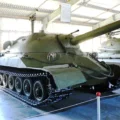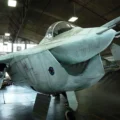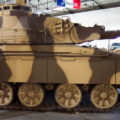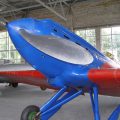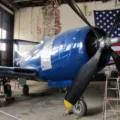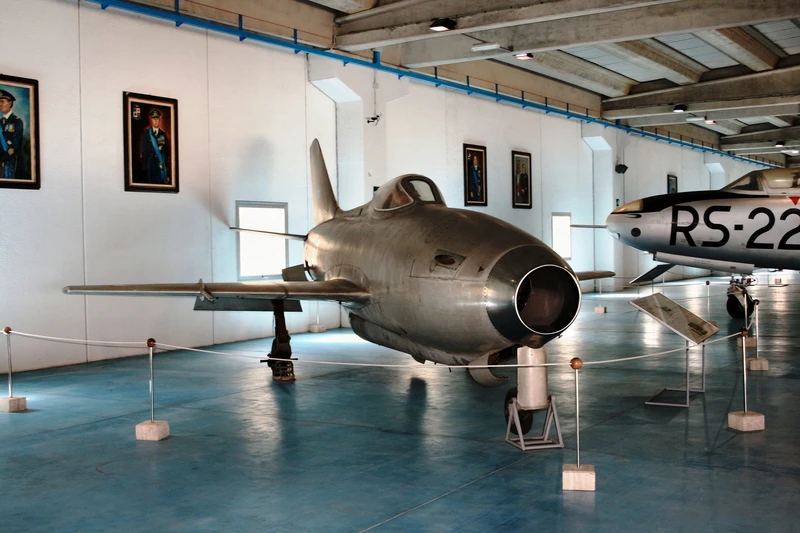
Aerfer Sagittario 2 | |
|---|---|
| Paese | Italia |
| Ruolo | Prototipo di caccia |
| Primo volo | 19 maggio 1956 |
| Costruito | 2 |
Le Aerfer Sagittario 2 Il Sagittario era un prototipo di aereo da caccia leggero monoposto interamente in metallo costruito in Italia dalla Aerfer, destinato a servire come intercettore o aereo leggero di supporto tattico. Volò per la prima volta nel 1956, divenne il primo aereo italiano a rompere la barriera del suono in volo controllato quando raggiunse Mach 1,1 durante un'immersione da 13.725 m (45.000 piedi).
| Aerfer Sagittario 2 Walk Around | |
|---|---|
| Fotografo | Giacomo Gramazio |
| Localizzazione | Inconsapevole |
| Foto | 13 |
Vedi anche:
Le Aerfer Sagittario 2 è stato un risultato notevole nella storia dell'aviazione italiana. Si trattava di un prototipo di aereo da combattimento progettato per essere veloce, agile e versatile. Il Sagittario 2 è stato sviluppato dall'Ambrosini Sagittario, che era a sua volta una versione a reazione dell'addestratore Ambrosini S.7. Il Sagittario 2 aveva una forma slanciata e aerodinamica, con un'ala e una coda a freccia, un tettuccio a bolla e un motore a reazione montato sul muso. Il motore era un Rolls-Royce Derwent 9, che dava all'aereo una spinta di 16 kN (3.600 lbf). Il Sagittario 2 aveva due cannoni da 30 mm come armamento principale, e poteva anche trasportare bombe, razzi o cannoni aggiuntivi su due punti di attacco sotto le ali.
Il Sagittario 2 volò per la prima volta il 19 maggio 1956, pilotato da Riccardo Bignamini. Il 4 dicembre 1956, raggiunse un traguardo storico quando divenne il primo aereo italiano a rompere la barriera del suono in volo livellato ad un'altitudine di 13.725 m (45.000 piedi). L'aereo ha raggiunto una velocità di Mach 1,1 (1.006 km / h o 625 mph), dimostrando le sue eccellenti prestazioni e potenzialità. Il Sagittario 2 fu testato dall'Aeronautica Militare Italiana a scopo di valutazione, ma non entrò in produzione o in servizio. Invece, servì come trampolino di lancio per lo sviluppo di combattenti più avanzati da parte di Aerfer, come l'Ariete e il Leone. Il Sagittario 2 rimane un importante esempio dell'ingegno e dell'innovazione italiana nell'ingegneria aerospaziale.
Punti di vista : 687




